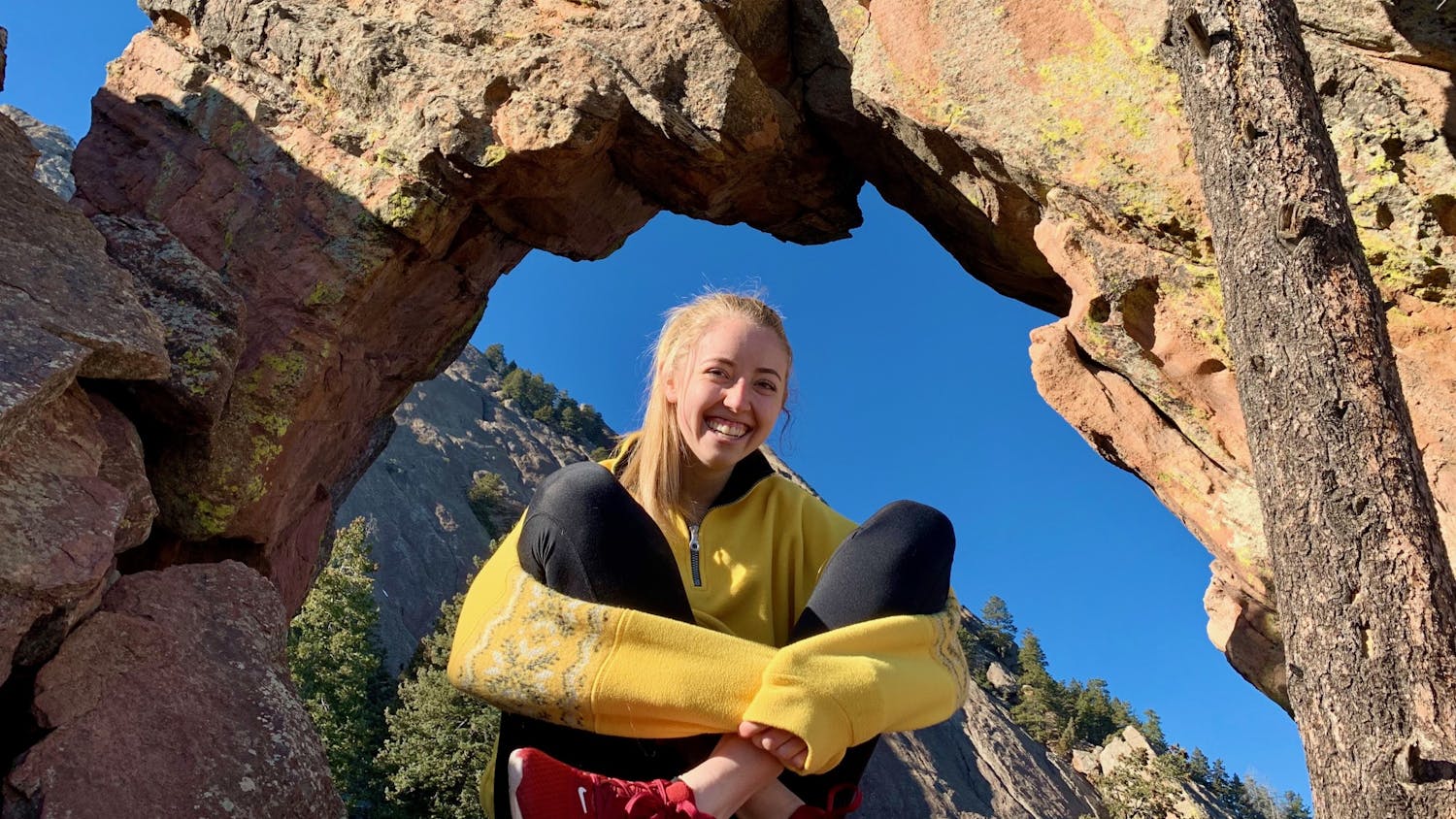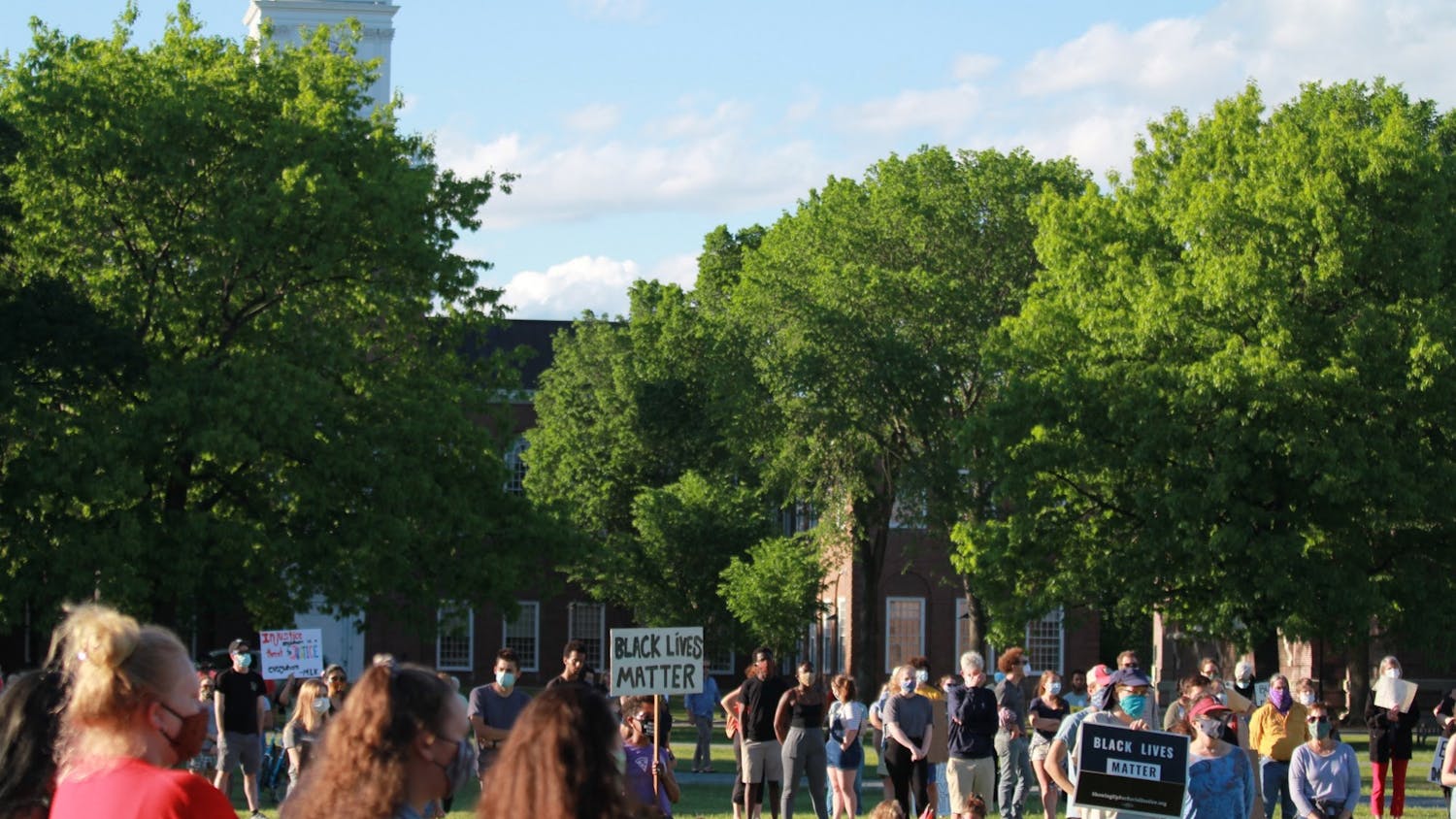In 2020, Black people are still being killed because they dare to be Black in America — because they dare to walk in their own neighborhoods or go for a drive. These killings, however, represent only a fraction of the violence the Black community faces. Current definitions of violence — specifically those regarding identity-based violence — are too narrow to accurately portray the violence that marginalized groups face. This violence goes beyond the physical and explicit — it lies in the subtext of individuals' language and behavior, outside of the traditional definition of violence. We must change our understanding of what constitutes violence so that Black people no longer have to be beaten or murdered in order for racial justice to be perceived as an issue worth pursuing.
Violence is defined as an unjust or unwarranted exertion of force and power that causes harm or injury. Just as behavior can be violent, so too can systems and institutions. For example, prisons are racially violent and discriminatory institutions. American prisoners are disproportionately Black — a reality largely caused by the over-policing of Black neighborhoods and the harsher sentences that are doled out to Black people even when they commit the same crimes as white people.
Beyond the prison system, there are countless other institutions and systems that are racially violent, such as higher education, voting and medicine. Higher education admissions favor those who are wealthier — usually those with lighter skin. Even if Black students do manage to overcome the barriers to entry, colleges and universities are often incapable or unwilling to provide Black students with the resources they need to thrive. For instance, universities often refuse to hold white students and professors accountable for racist behavior and create and maintain a campus environment where minorities feel ostracized and othered.
In terms of voting, laws preventing convicted felons from voting, voter-ID laws, frequent changes in polling locations and other such phenomena disproportionately prevent Black citizens and minorities from voting. For example, one in 13 Black men are unable to vote in America due to a current or previous felony conviction — this rate is four times higher than that for whites.
In medicine, there is also a huge disparity between the experience of white and Black patients. Black patients experience more illness and die at much younger ages than white patients. Black mothers are two to six times more likely to die from pregnancy complications than white mothers and Black patients are twice as likely to die premature deaths from health conditions than whites.
These systems are not just racist — they are violent. While there aren’t doctors hunting down Black patients nor poll workers beating Black people who are trying to vote, the discrimination that Black people face on behalf of these institutions is not any less damaging or lethal. Racial disparities in medicine kill, inequalities in higher education keep Black individuals out of institutions that are instrumental in achieving upward social mobility and voting disenfranchisement prevents Black people from ensuring their interests are represented within the government. If we are able to understand that racism inflicts harm on people, it shouldn’t be difficult to understand that systems that inflict harm are committing an act of violence.
The designation of racism as an act of violence matters. While it is easy to trivialize harm done by institutions as unchangeable — something that people just need to accept— defining these institutions as violent changes the perceived magnitude of their actions. It clarifies that Black individuals are not just overreacting over one misaligned process or a single bad experience, but are instead victims who are harmed by systemically racist institutions. In turn, defining racism as a form of violence calls for a certain amount of urgency to be afforded to addressing the racist nature of American institutions.
America’s institutions are racist by design, not by accident.They were designed during a time when white supremacy was the norm and they have not been significantly reformed since. We cannot continue to justify the deeply rooted racism in this country by claiming that, in the past, we didn’t know better. Violence against Black people isn’t something that is happening in the shadows and it is time we stop acting like it is. We rely on institutions that are racially violent on a daily basis and our limited definition of violence allows these institutions to deny and minimize the role they play in perpetuating current systems of oppression. Until we change our definitions of violence and reform our racist institutions, the Black community will not know peace.



